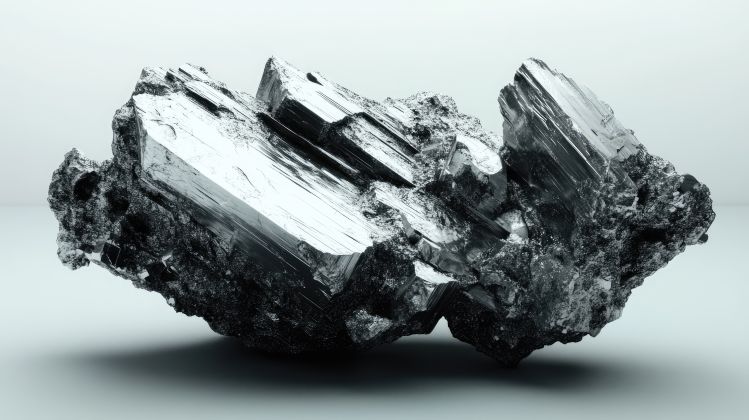Y • Atomic Number 39

Yttrium
Yttrium is a silvery, relatively soft, and reactive metal that belongs to the transition metals. Although chemically it is not part of the lanthanide group, yttrium is classified as a heavy rare earth element. In the Earth's crust, yttrium is the fourth most abundant element among the rare earth elements.
Chemically, however, it behaves very similarly to the heavy lanthanides (especially dysprosium and holmium). Therefore, yttrium tends to associate with the heavy rare earth elements in mineral deposits.
Yttrium is superconducting, phosphorescent, and very strong.
Its most important application is as a phosphor in display screens.
Yttrium (named after Ytterby, a mine near the Swedish capital Stockholm) was discovered in 1794 by Johan Gadolin in the mineral ytterbite. In 1824, Friedrich Wöhler produced impure yttrium by reducing yttrium chloride with potassium. It was not until 1842 that Carl Gustav Mosander successfully separated yttrium from the accompanying elements erbium and terbium.
It is named after its first discovery site, the Ytterby mine near Stockholm, along with ytterbium, terbium, and erbium.
The mineral xenotime is the most important source for yttrium extraction.
Australia dominates global xenotime production. The country possesses the largest and most economically viable heavy mineral sand deposits in the world.
The metal is produced by electrolysis and metallothermic reduction of its halides using alkali or alkaline earth metals. It exists in four allotropes (structural forms). The α-phase is face-centered cubic with a lattice parameter of a = 4,85 Å at 77 K (-196 °C or -321 °F). The β-phase forms just below room temperature and is hexagonal close-packed with a = 3.6810 Å and c = 11.857 Å. The γ-phase is the room temperature form and is face-centered cubic with a = 5.1610 Å at 24 °C (75 °F). The δ-phase is body-centered cubic with a = 4,12 Å at 757 °C (1.395 °F).
After an elaborate separation of cerium impurities, the oxide is converted to cerium fluoride using hydrofluoric acid. It is then reduced with calcium, forming calcium fluoride in the process. The removal of residual calcium and impurities is achieved through an additional vacuum remelting step.

The most important application of yttrium is as a phosphor in displays. Europium-doped yttrium oxysulfide (Y₂O₂S:Eu³⁺) produces the perfect, intense red color in the cathode ray tubes (CRTs) of old color televisions and computer monitors. In modern white LEDs, a blue LED is often combined with a yttrium-aluminum garnet (YAG) phosphor that emits yellow light. The combination of blue and yellow light appears white to the human eye.
Yttrium is also used as a crystal in high-performance lasers for medical applications, material processing (welding, engraving), metrology, and defense.
Yttrium oxide is additionally used in superalloys to improve high-temperature and corrosion resistance.
Rare Earth Elements

